
Cybersecurity is not only a problem for IT specialists and large organizations in the modern digital era. Cyber attacks are becoming increasingly common targets for students, who tend to be among the initial individuals to adopt new technology and are mostly involved in the digital world. The faculties must ensure that the students are well-versed in cybersecurity knowledge to preserve their online safety and safeguard their personal information. This blog will give useful advice to help safeguard your data as well as a thorough explanation of the significance of cybersecurity for students.
Understanding Cybersecurity
The use of technology, procedures, and controls to defend against cyberattacks on devices, programs, networks, systems, and data is known as cybersecurity. It is often referred to as electronic information security or information technology security. In general, the goals of these attacks are to disrupt regular corporate operations, obtain, alter, or delete sensitive data, or employ malware to demand money from customers. Moreover, cybersecurity for students includes protecting private data including social media accounts, financial information, and academic transcripts. There are at present more gadgets than humans, making it very difficult to implement efficient cybersecurity safeguards, and also the attackers are getting more creative.
Why Cybersecurity Awareness is Important for Students
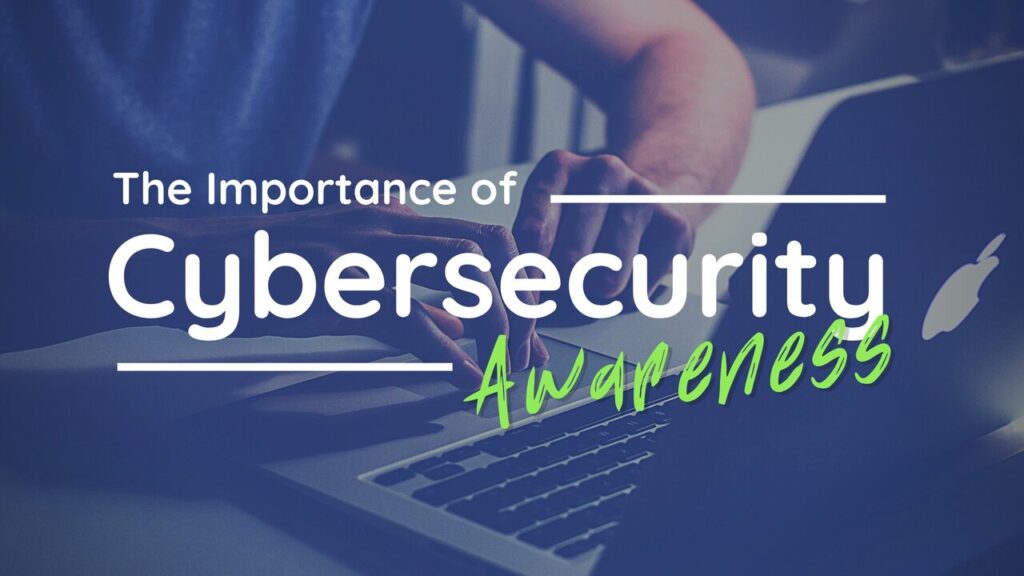
The importances of Cyber Security for students are as follows:
Personal Data Protection: Because students usually share their personal information online they become the prime targets for identity theft and fraud.
Academic Integrity: Getting unauthorized access to academic records will lead to the manipulation of grades and other forms of misconduct in academia.
Financial Security: As online banking and financial transactions are rising day by day, it has become important for students today to protect their financial information from cybercriminals.
Social Media Safety: To prevent cyber bullying, reduction of harassment, and improper use of private images and data, it is important to protect social media accounts.
Common Cyber Threats Students Face

Below are some of the common cyber threats that a student face:
Phishing
Phishing is a form of cyber attack in which the attackers assume the identity of trustworthy institutions in an attempt to trick victims so that they share personal information like credit card numbers and passwords. It is possible for students to receive phoney emails or messages that appear to be from their bank, university, or social media accounts.
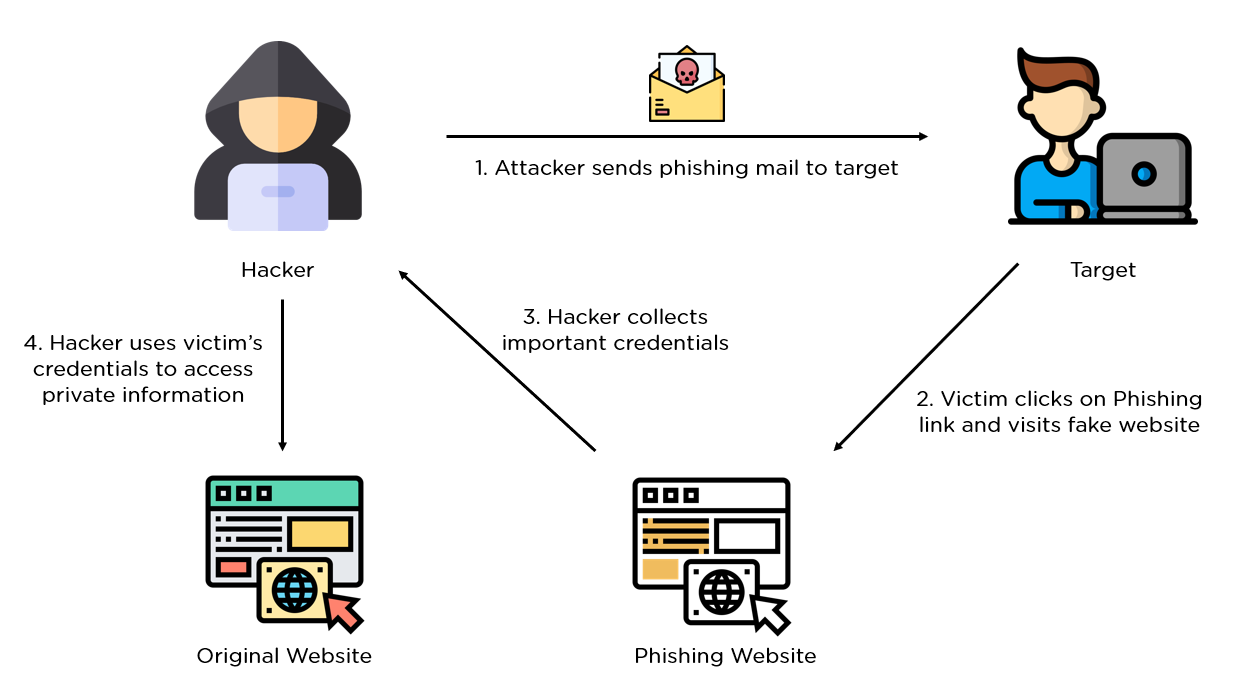
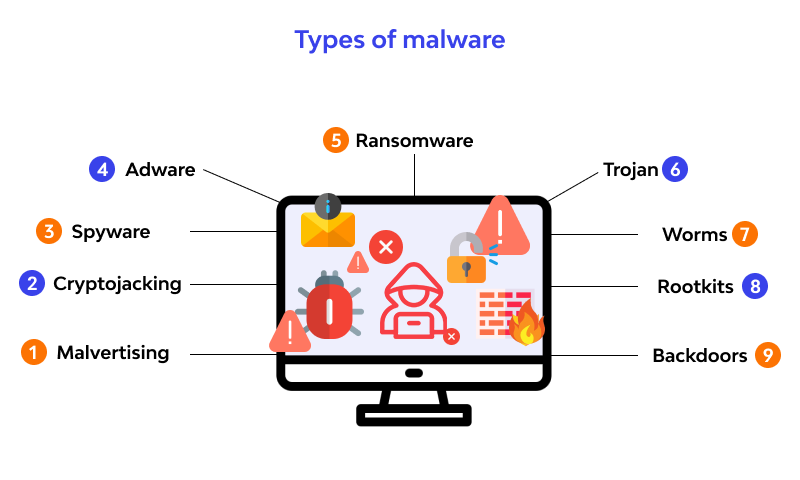
Malware
To damage or gain unauthorized access to computer software, malware which is also known as malicious software such as ransomware, and spyware is designed. By clicking on suspicious sites or downloading unreliable software, students may unintentionally download malicious software.
Social Engineering
Social engineering assaults are designed to trick people into disclosing private information. To get personal information, attackers could represent themselves as a reliable friend or official.
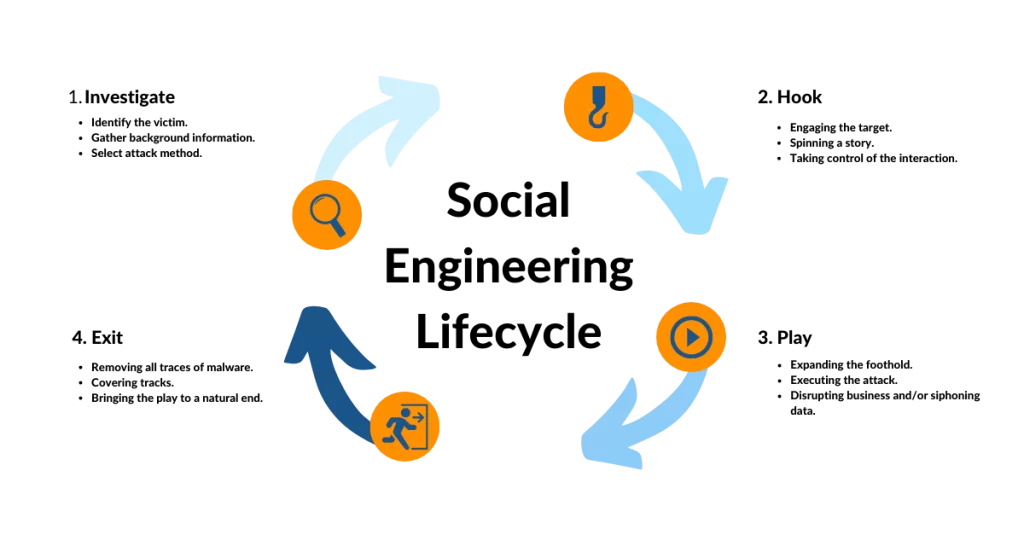

Unsecured Networks
The students may get exposed to cyber threats when they use public Wi-Fi networks in libraries, cafes, and other public places. Because such networks are not usually secure thus it becomes easy for the cybercriminals to intercept data.
Weak Passwords
One of the most common mistakes that might result in unauthorized access to personal accounts is using a weak or easily guessable password. Also, reusing the same password on several websites makes you more susceptible to attacks.
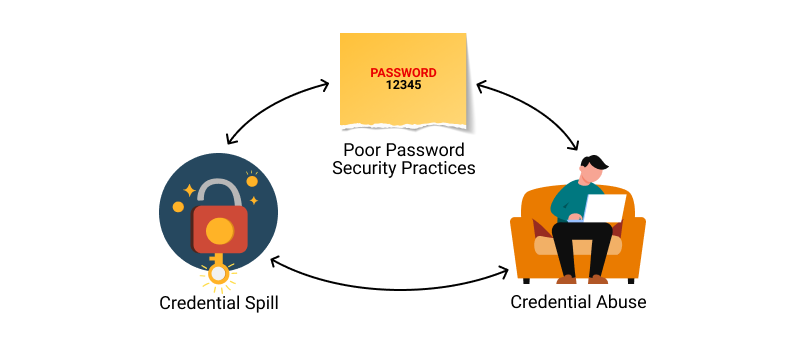
Best Practices for Cyber Security

The best practices for cyber security are as follows:
Create Strong Passwords
A password manager helps you create and securely store complicated passwords. Furthermore, when you create strong passwords, always use a combination of letters, numbers, and special characters. Also, avoid using information that can be easily guessed, such as birthdays or common terms.
Enable Two-Factor Authentication (2FA)
By necessitating a second form of verification, such as a code texted to your phone, in addition to your password, two-factor authentication adds an extra layer of protection. Turn on two-factor authentication (2FA) on all your accounts that support it.
Be Cautious with Emails and Links
Avoid clicking on the links and also downloading attachments from unknown and suspicious sources like emails. It’s always important to verify the email address of the sender and be on the lookout for any indications of phishing, such as spelling mistakes and sudden requests for personal information.
Use Secure Networks
Use a virtual private network (VPN) to secure your data when using the internet in public areas. Remain clear of using unprotected public Wi-Fi to view critical information without a VPN.
Keep Software Updated
To safeguard against the latest threats, it’s important to update all your apps, operating systems, and antivirus software on a regular basis. Security vulnerability fixes are a common feature of updates.
Backup Your Data
Always make sure to backup the sensitive data to the cloud or an external hard drive on a regular basis. In the case of a cyberattack or system breakdown, this ensures that you may recover your data.
Educate Yourself
Stay informed about the latest cyber security threats and trends. Participate in cyber security awareness programs and to stay updated by following trusted sources.
The Role of Educational Institutions in Cybersecurity
Promoting cybersecurity awareness among students is a crucial function of educational institutions. Implementing the following policies is up to schools and universities:
Cybersecurity Curriculum: Incorporate cybersecurity instruction into the curriculum so as to teach the students the value of data security and industry best practices.
Awareness Campaigns: To highlight the common threats and preventive measures, it’s important to regular awareness campaigns for the students.
Secure IT Infrastructure: To protect against the cyber threat it is necessary to ensure that the institution’s IT infrastructure is secure and regularly updated.
Support Services: The students who may have been targets of those cyber-attacks should be given proper support services, including advice on how to recover and prevent similar situations in the future.
Conclusion
In order to safeguard personal information and ensure online safety, students must be aware of cybersecurity. Students may significantly lower their chance of being victims of cyberattacks by being aware of prevalent cyber threats and implementing best practices into practice. Through instruction, public awareness campaigns, and safe IT infrastructure, educational institutions are essential in advancing cybersecurity.
Students may contribute to creating a safer online environment and safeguard their sensitive data from cyber threats by being aware and cautious. Always remember that everyone has a shared responsibility for cybersecurity, and taking preventative actions can help to safeguard your digital life.

